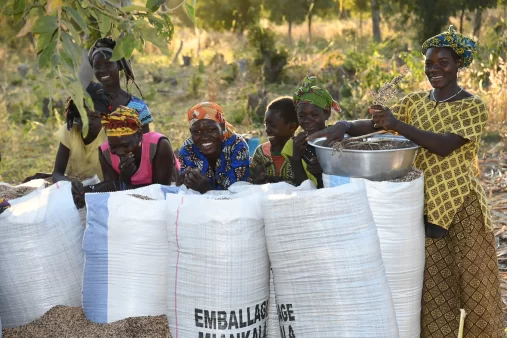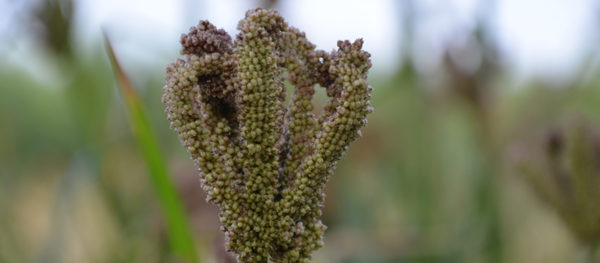Tag: ICRISAT

Harnessing the Power of Millets for Health and Livelihoods
Global: Millets are a healthy food option with untapped essential nutrients that can aid in managing lifestyle diseases, particularly diabetes.
Read MoreSprouting Grains for Stronger Bones: The Power of Finger Millet
Global: Head of Partnerships at ICRISAT explains the potential that the calcium-rich cereal finger millet has for combatting calcium deficiency around the world.
Read MoreFertilizer Microdosing on Degraded Soils in Sub-Saharan Africa
Africa & Middle East: Land degradation affects more than half of Africa, leading to a loss of an estimated US$42 billion in income and 5 million hectares of productive land each year. A precision-farming technique called “microdosing” is helping farmers address the problem of soil infertility. The International Crops Research Institute for the Semi-Arid Tropics (ICRISAT), a member of […]
Read MoreMeeting the Grade: The Case of Groundnuts in Malawi
Africa & Middle East: Work has been taking place in Malawi to enable farmers’ to achieve the grades and standards required to take part in broader markets. Whilst a lack of technical and financial capacities is often the greatest hindrance to meeting these targets, which cover food safety, quality, social and environmental standards, the ever-changing nature of the standards […]
Read More

